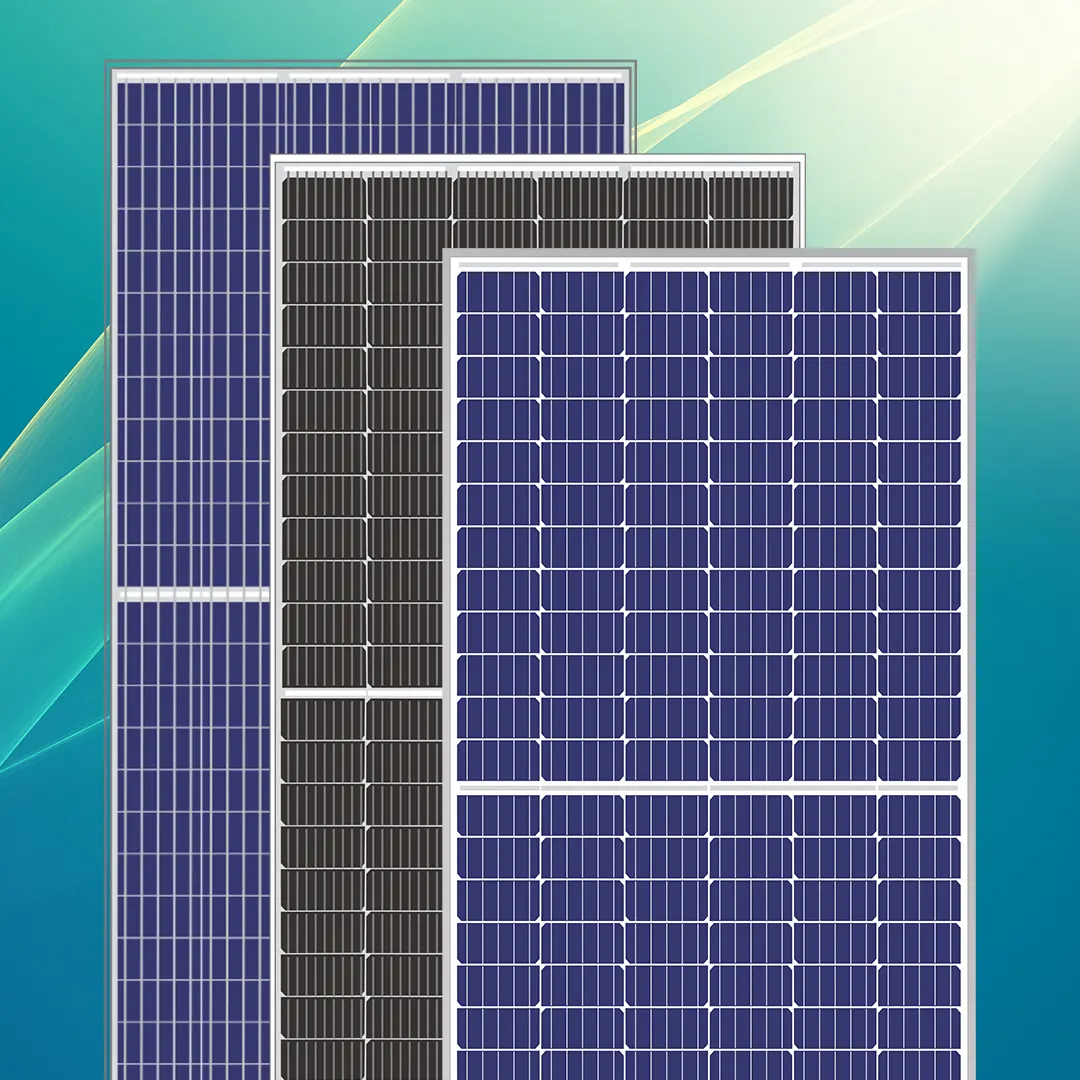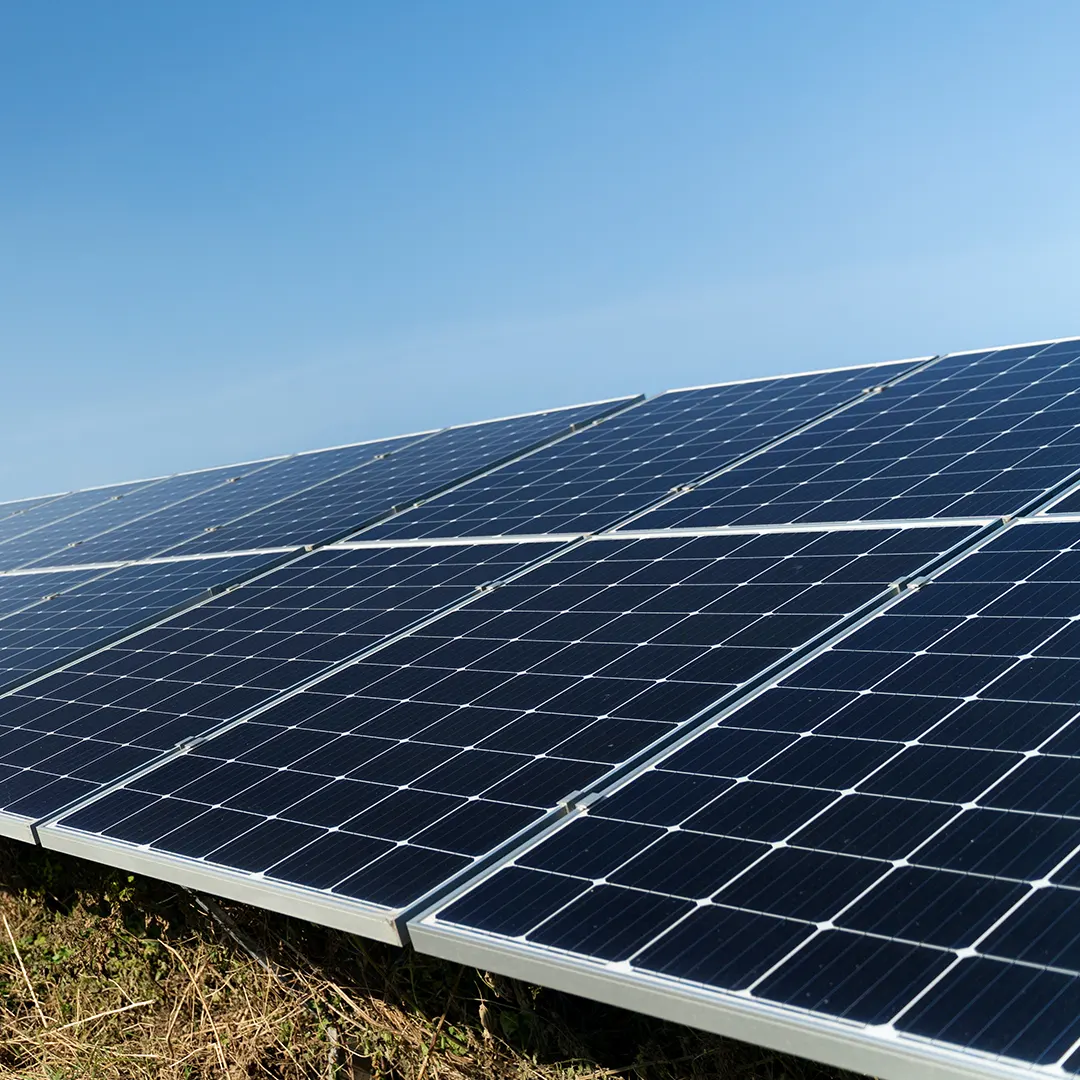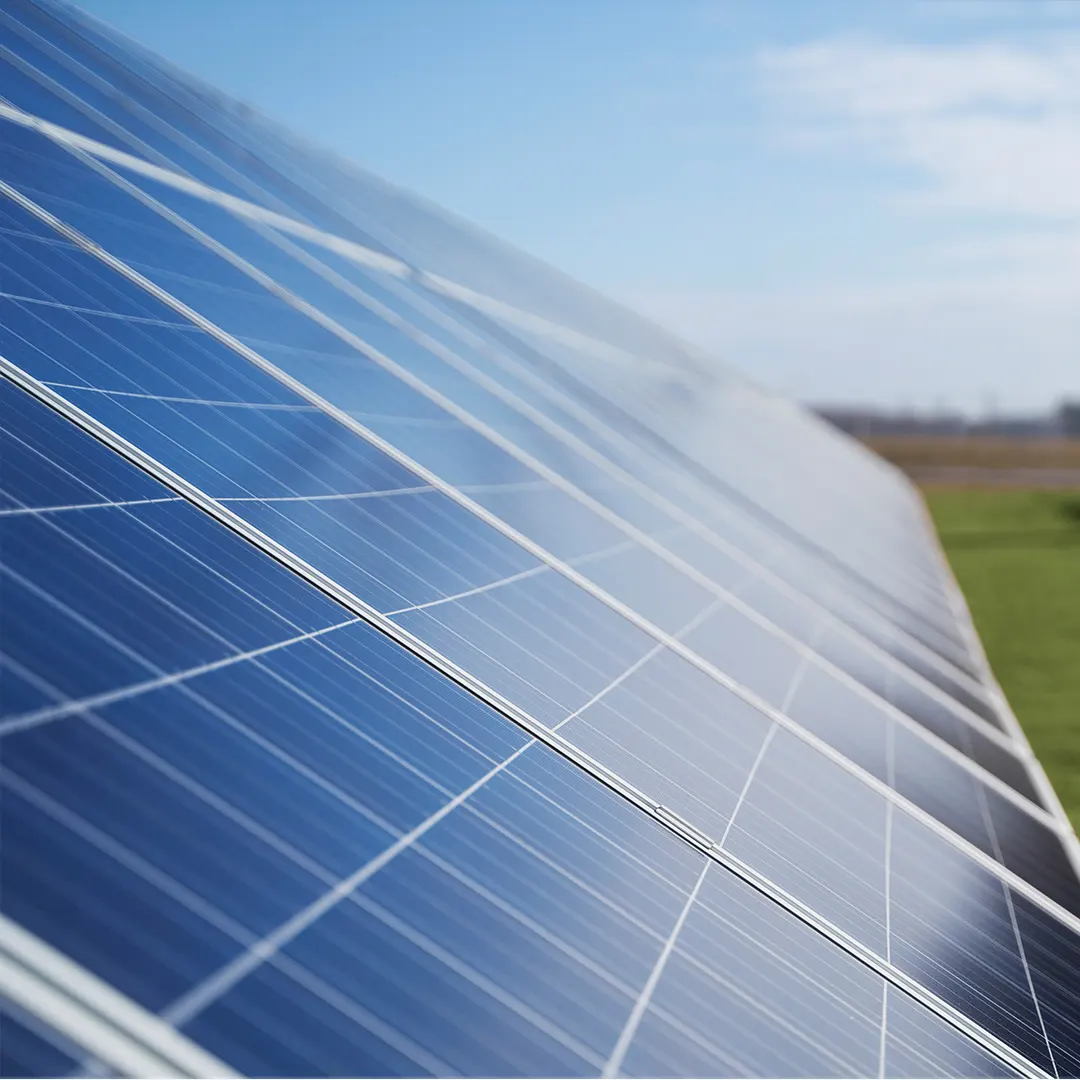
Exploring the Rainbow: Do Solar Panels Come in Different Colors
As the world increasingly turns towards sustainable energy solutions, solar panels have become a staple in the quest to reduce carbon footprints. Traditionally, these panels are seen in hues of blue and black, mounted atop roofs and across fields. But as the demand for more aesthetically pleasing options grows, one might wonder: do solar panels come in different colors? This comprehensive exploration sheds light on the possibilities and technologies shaping the colorful future of solar panels.
What Colors Do Solar Panels Typically Come In?
Solar panels are predominantly found in two colors: blue and black. These colors are not a result of aesthetic choices but are inherent to the types of solar panels—monocrystalline and polycrystalline. Each type has its distinct look due to the material and manufacturing processes involved.
The color differences between solar panels are primarily due to the inherent characteristics of silicon, which is the main material used in their construction. Monocrystalline panels, crafted from a single, pure silicon crystal, exhibit a sleek black hue. In contrast, polycrystalline panels are composed of numerous silicon fragments, which collectively impart a distinctive blue appearance.

.webp)
Monocrystalline Solar Panels (Black)
Monocrystalline solar panels are known for their sleek, black appearance, which comes from the high-purity silicon used in their production. Black solar panels, commonly referred to as monocrystalline solar panels , are constructed from a single, continuous silicon crystal. The silicon used in these panels is highly purified and arranged in a uniform crystal structure throughout the cell. This precise alignment forms a large, singular silicon crystal within each solar cell. The unique crystal configuration in monocrystalline silicon influences the way light interacts with the panels, giving them their characteristic black appearance.
Polycrystalline Solar Panels (Blue)
Polycrystalline solar panels display a signature blue color, which is due to the way light interacts with the silicon fragments within the panel. Blue solar panels, also known as polycrystalline panels, are made from silicon and exhibit a unique blue color, which is a result of their crystal composition. These panels are constructed by melting and fusing multiple silicon fragments together, which leads to the formation of visible boundaries between the crystals. These boundaries scatter and reflect light, particularly in the shorter wavelengths, giving the panels their blue tint. During manufacturing, an anti-reflective coating is applied to minimize reflection and maximize light absorption, further intensifying the blue shade of these panels.
.webp)
The Science Behind Solar Panel Colors
The color of a solar panel is directly linked to the type of silicon used and the way it is processed. Silicon absorbs light efficiently, which is crucial for the conversion of solar energy into electrical energy. The structure and purity of the silicon crystals affect not only the efficiency of the solar panel but also its color. High-purity silicon used in monocrystalline panels absorbs more light, which contributes to the panels’ black color and higher efficiency.
How Do Black and Blue Solar Panels Differ?
| Criteria | Black Panel | Blue Panel |
|---|---|---|
| Aesthetic Appeal | Known for its sleek, black look and premium-grade silicon. | Featuring visible crystals, a more dispersed appearance and lower grade silicon |
| Space Occupancy | Occupies less space and has a longer lifespan | Requires slightly more space to produce the same amount of energy as black panels |
| Cost | Carry a higher price tag for installers and consumers | More affordable |
| Availability | Commonly available and widely used | Less common and limited availability |
| Energy Generation | Often more efficient in converting sunlight to electricity | May be less efficient due to the color, but technological advancements can improve efficiency |

Emerging Technologies for Efficient Colored Panels
The quest for aesthetically pleasing solar panels has led to innovative technologies aimed at enhancing the color without compromising efficiency.
Dye-sensitized Solar Cells: One of the emerging technologies in colorful solar panels is dye-sensitized solar cells. These cells use a dye to absorb sunlight and convert it to energy. The dyes can be customized to different colors, allowing for a variety of visually appealing designs without a significant loss in panel efficiency.
Coatings: Another method for changing the color of solar panels is through the application of coatings. These coatings can reflect certain wavelengths of light, thereby changing the color of the panels. This technology can potentially maintain or even improve the efficiency of the solar panels by reflecting unused wavelengths while absorbing the most effective ones for energy conversion.
Quantum Dots: Quantum dots are nanocrystals that can be used on solar panels to manipulate light absorption and improve efficiency. By adjusting the size of these dots, scientists can change the color of the panels and potentially enhance their power conversion capabilities.
Photonic Crystals: Photonic crystals are another promising technology for altering solar panel colors. These crystals can reflect specific wavelengths of light, giving the solar panels a unique color. At the same time, they enhance efficiency by improving light absorption in the silicon cells.
Pros and Cons of Colored Solar Panels
Advantages of Colored Solar Panels
Aesthetic Versatility: Colored solar panels offer greater flexibility in design and can be tailored to complement various architectural styles
Increased Adoption: Attractive, color-matched solar panels might encourage more homeowners and businesses to adopt solar technology.
Urban Integration: In urban areas, where appearance can be as crucial as functionality, colored solar panels can blend seamlessly with the surroundings.
Disadvantages of Colored Solar Panels
Potential Efficiency Loss: Some methods of coloring solar panels can reduce their efficiency, although emerging technologies are aiming to mitigate this issue.
Higher Costs: Developing and implementing color technologies can be expensive, potentially making these solar panels less accessible to the average consumer.

Wrapping Up
The future of solar panels is not just limited to the traditional blue and black but extends across a spectrum of colors, thanks to ongoing technological advancements. As researchers continue to develop methods that combine aesthetic appeal with high efficiency, the adoption of solar energy is set to become more visually appealing and widespread. Explore both black and blue solar panels of the best quality and efficiency at Pixon .
By embracing both functionality and style, solar energy can become an integral, harmonious part of our built environment, making renewable energy both a practical and beautiful choice for a sustainable future.